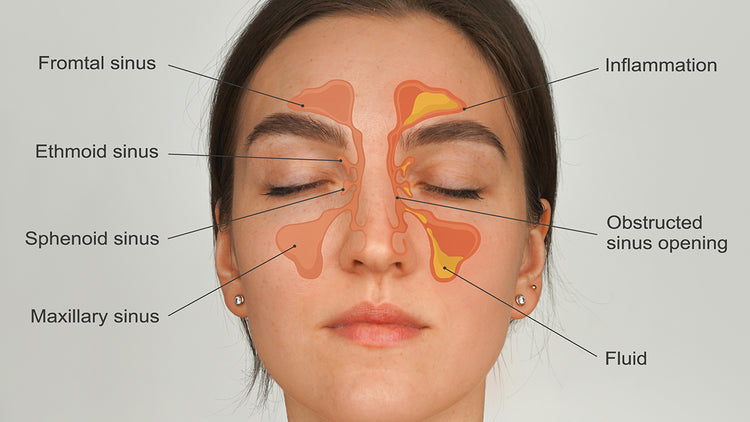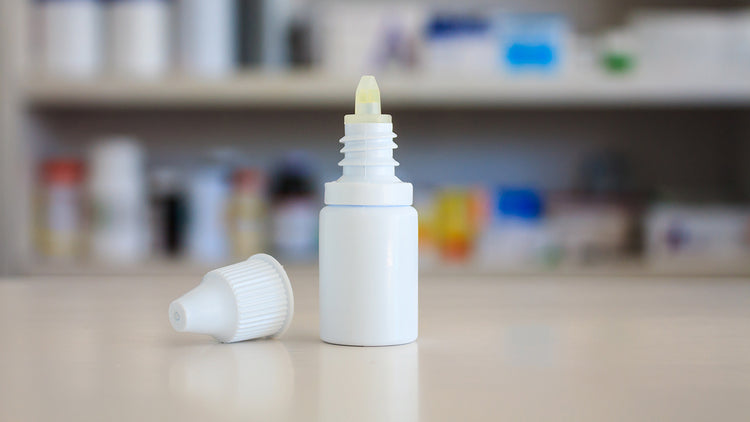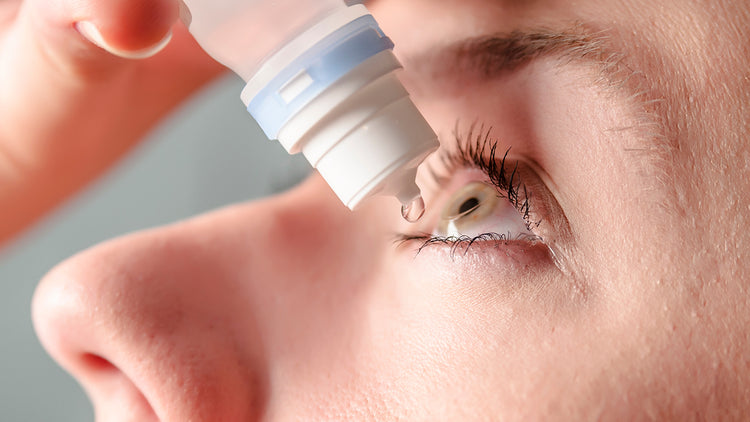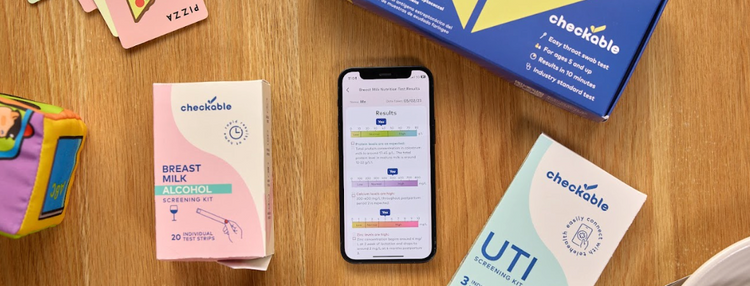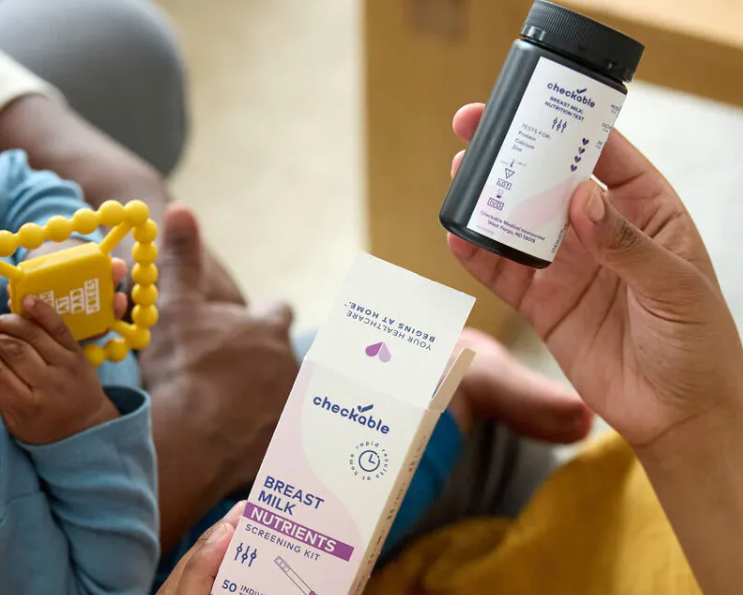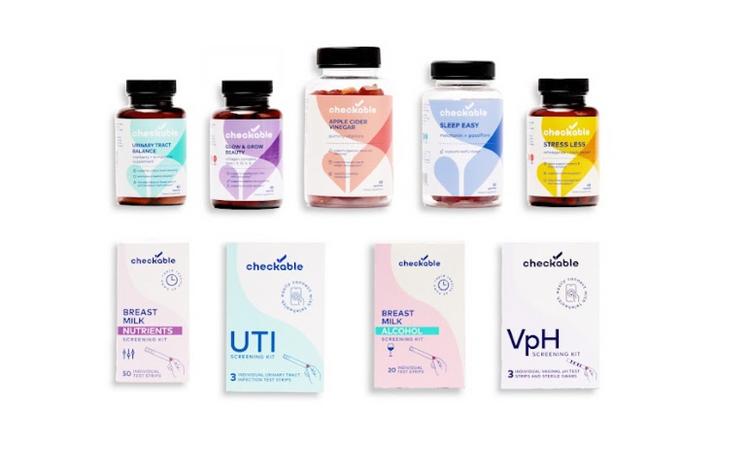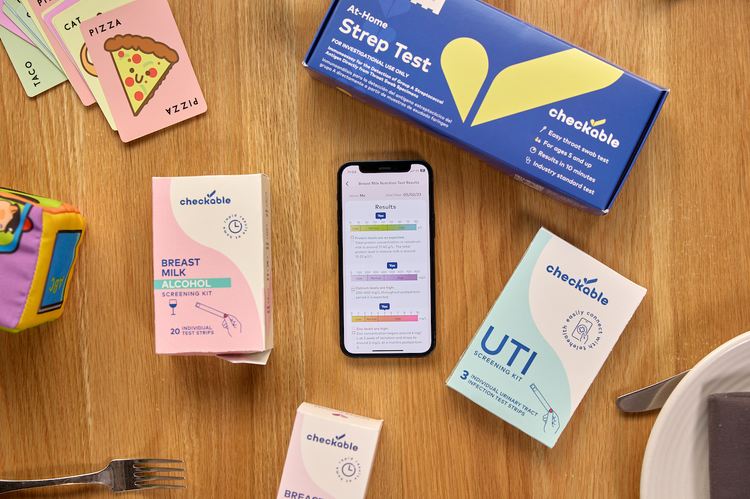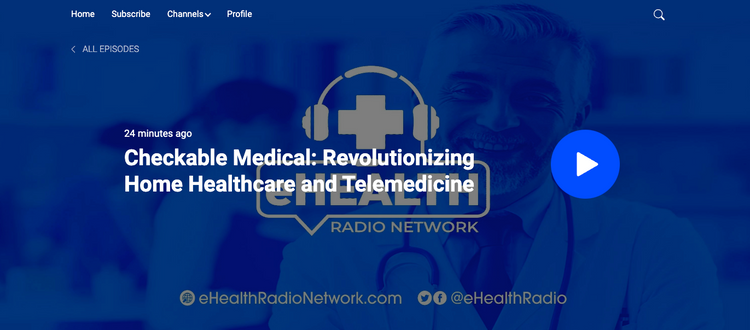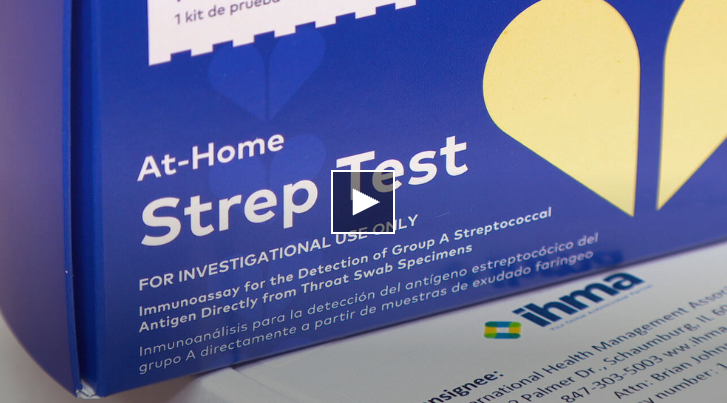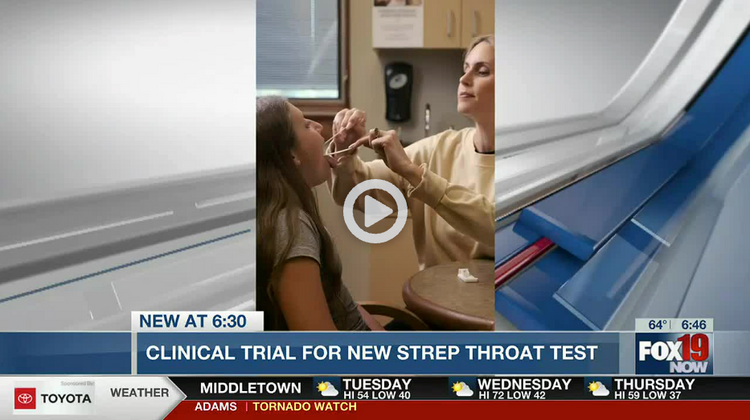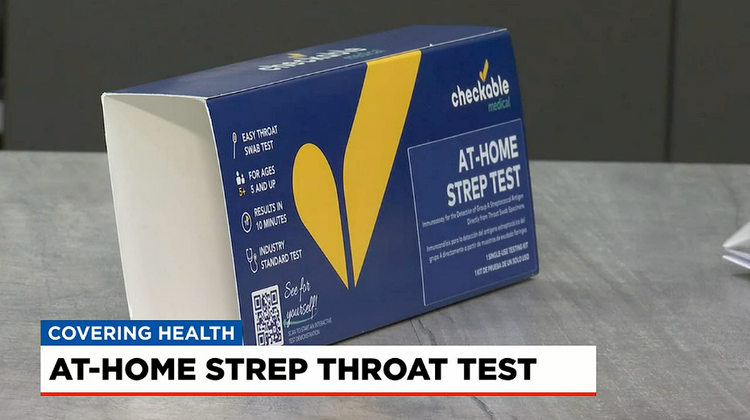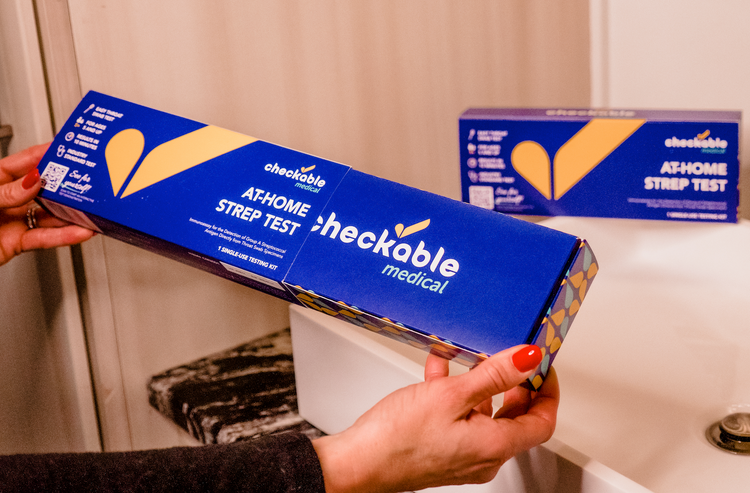
Sore throat? Swollen glands? Painful to swallow and a fever? You may have strep throat. You also may have tonsillitis. Yup, that's right. Tonsillitis and strep throat both affect the back of the throat and tonsils and have many similar symptoms. Tonsillitis and strep throat are both common in school-aged children. However, the most significant difference between these two illnesses is that a virus typically causes tonsillitis, not bacteria. Viruses also bring along a few other symptoms that strep throat doesn't, so it is important to differentiate between the two. Now, let’s explore each individually.
What Exactly is Tonsillitis?
Tonsillitis is an inflammation of the tonsils, the two pink fleshy pads located at each side of the back of the throat. The tonsils are lymphatic system organs that are part of the immune system that helps the body fight off infections naturally. Tonsils trap germs and/or bacteria from traveling into other parts of the body. Tonsillitis can be caused by various germs, including viruses and bacteria, with the majority of cases stemming from a virus such as:
- influenza (flu)
- coronavirus
- adenovirus
- Epstein-Barr virus
- herpes simplex virus
- HIV
An estimated 20% of tonsillitis cases are caused by bacteria. The most common infectious bacteria are group A Streptococcus, which also causes strep throat. So that means that you can have both tonsillitis and strep throat at the same time! Yuck. Other species of bacteria that may cause tonsillitis includes:
- Staphylococcus aureus (MRSA)
- Chlamydia pneumoniae (chlamydia)
- Neisseria gonorrhoeae (gonorrhea)
Symptoms of Tonsillitis
- Sore throat
- Large, tender lymph nodes in the neck
- Redness and swelling in the tonsils
- Difficulty or pain when swallowing
- Fever
- Bad breath
- Post-nasal drip
- Runny nose
- Cough
- White or yellow discoloration on or around your tonsils
- Headache
Note: You can only have tonsillitis if you have tonsils.
What Exactly is Strep Throat?
Strep throat is caused specifically by the Group A streptococcus bacteria. No other group of bacteria or virus causes it. It is most common in children ages 5-15, but adults can get it too if exposed. Strep is quickly passed through droplets of saliva just by talking, sneezing, or coughing. It also is most prevalent in the late winter and early spring.
Strep throat can be considered a type of tonsillitis but will also have additional, unique symptoms. A person can get strep even if they don't have tonsils.
Symptoms of Strep Throat
- Sudden sore throat
- Painful to swallow
- Swollen, red throat and/or tonsils with white streaks of pus
- Large, tender lymph nodes in the neck
- Fever (higher than with tonsillitis)
- Fatigue
- Headache
- Body aches
- Loss of appetite in children (hurts to eat)
- Nausea or vomiting, especially in children
- Small red spots on the roof of your mouth (Scarlet Fever)
Similarities in Both Strep Throat and Tonsillitis include:
- Both strep throat and tonsillitis are common in children aged 5-15
- They are both highly contagious
- In extreme cases, strep throat and tonsillitis can lead to more severe illnesses, including scarlet fever and rheumatic fever
Diagnosis & Treatment For Both Strep and Tonsillitis
Because tonsillitis and strep throat symptoms look very similar, the only way to know for sure which you have is to take a rapid strep test, either at the doctor or at home. A quick swab of the back of your throat will determine if you are infected with strep bacteria within a few minutes. If you test negative for strep, your doctor will use your throat culture to test for other potential bacteria or viruses.
If the strep throat test comes back positive, your doctor will typically prescribe antibiotics to kill the bacteria. Symptoms should start improving within 24-48 hours after the first dose. Antibiotics will also reduce the length and severity of your symptoms as well as the risk of infecting others.
If your strep test comes back negative, your doctor will use your throat culture to test for other potential bacteria or viruses. If the test shows that a virus caused tonsillitis, your doctor will not prescribe antibiotics. If the test shows that a different bacterium other than Group A streptococcus caused tonsillitis, your doctor may prescribe antibiotics to treat the infection.
The Bottom Line
Both tonsillitis and strep throat are a real drag. They are both highly contagious, so it is best to avoid being around other people while you're sick. Along with the right meds, home remedies, and lots of rest, your sore throat should clear up in a few days. It is always advised to see your doctor if your symptoms worsen or persist for a long time.
Life is too short to sit in a doctor’s office
Sign up for our weekly newsletter and get valuable healthcare tips and tricks in your inbox!
Sign up now and unsubscribe anytime.
- Choosing a selection results in a full page refresh.
- Press the space key then arrow keys to make a selection.


















